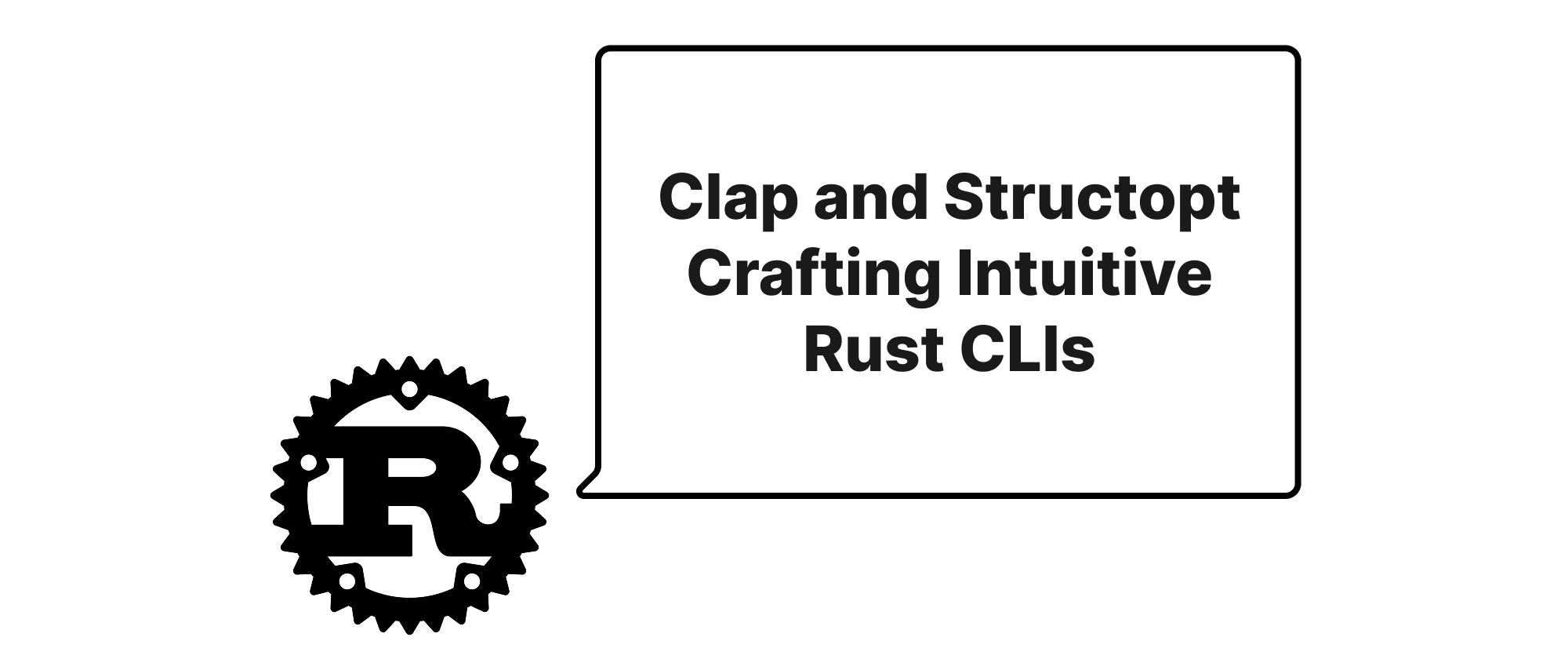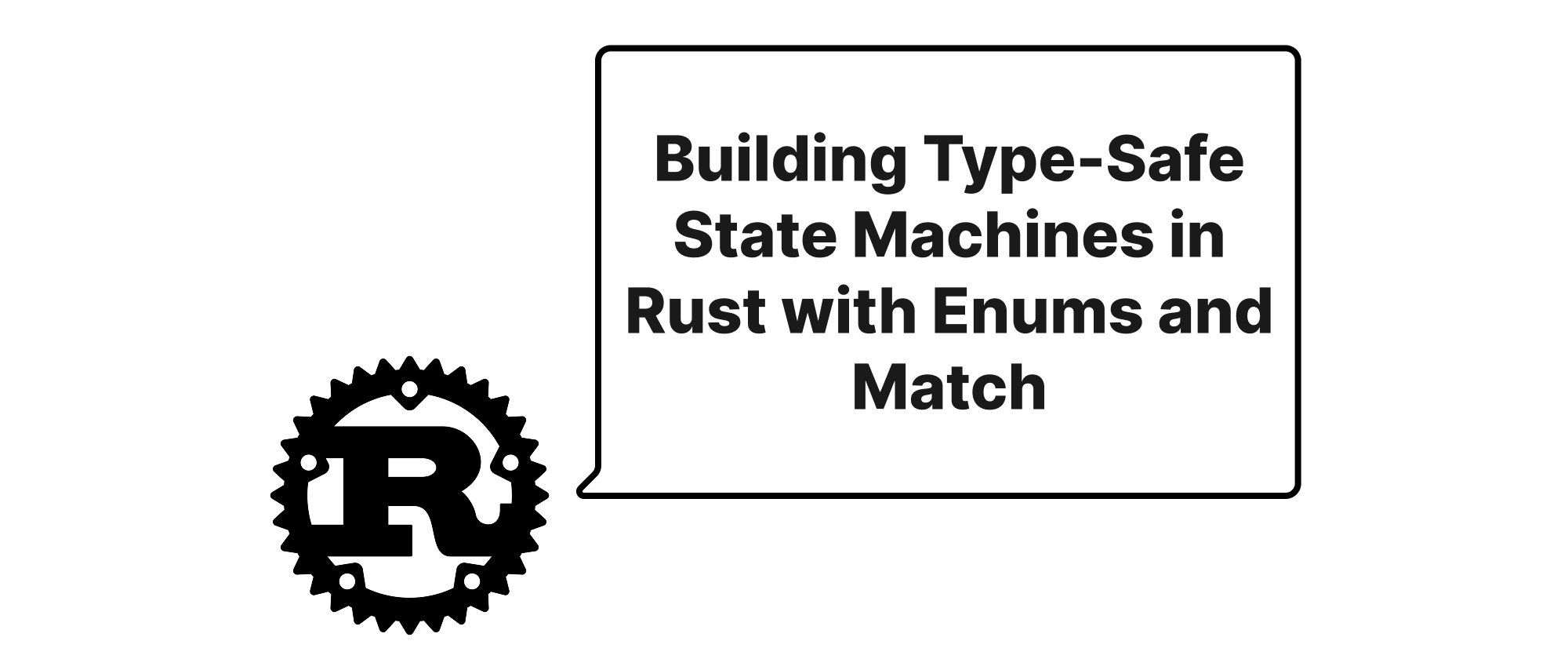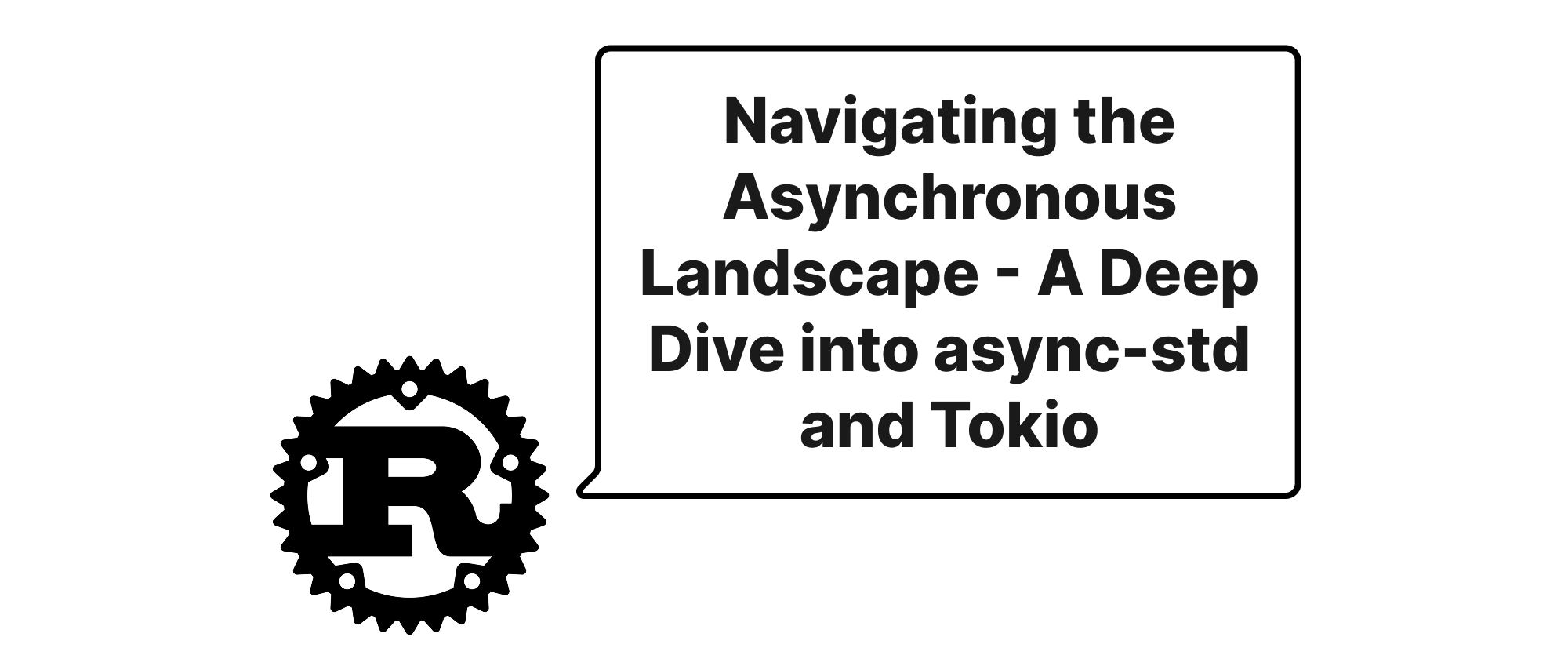Clap and Structopt Crafting Intuitive Rust CLIs
Lukas Schneider
DevOps Engineer · Leapcell

Introduction
Building robust and user-friendly command-line interfaces (CLIs) is a cornerstone of many software tools. In the Rust ecosystem, developers are fortunate to have powerful libraries that streamline this process. For a long time, clap (Command Line Argument Parser) has been the de facto standard, offering unparalleled flexibility and control. However, the Rust community constantly strives for more ergonomic solutions, leading to the rise of structopt. While structopt has since been deprecated in favor of clap version 3.0 and beyond's derive feature, understanding the journey from clap to structopt and finally to the unified clap with derive macros provides invaluable insight into the evolution of Rust CLI development. This article will explore these tools, contrasting their approaches and demonstrating how they empower developers to create intuitive and maintainable CLIs.
Understanding CLI Parsing Fundamentals
Before diving into the specifics of clap and structopt, it's helpful to clarify a few core concepts in command-line argument parsing.
- Arguments: These are the individual values passed to a program after its name. They can be positional (order matters) or named (e.g.,
--output,-o). - Options/Flags: Named arguments that often modify the program's behavior or take specific values. Examples include
--verbose,--config-file <PATH>. - Subcommands: A way to organize a CLI application with multiple distinct actions, similar to
git commitorcargo build. Each subcommand can have its own set of arguments and options. - Help Messages: Crucial for user experience, these messages explain how to use the CLI, its options, and subcommands.
- Validation: Ensuring that user-provided arguments conform to expected types and constraints (e.g., a number must be positive).
Historically, clap provided a highly flexible, builder-pattern based API for defining these elements. This offered immense control but could sometimes lead to verbose code for simpler applications.
The Evolution of CLI Frameworks
Let's trace the journey from clap's traditional approach to structopt's declarative style, and finally to clap's modern derive macros.
Clap The Builder Pattern Approach
clap has long been the powerhouse for Rust CLI development. Its builder pattern allows for highly granular control over every aspect of argument parsing.
Consider a simple CLI application that takes an input file and an optional output file.
// main.rs use clap::{Arg, Command}; fn main() { let matches = Command::new("my-app") .version("1.0") .author("Your Name <you@example.com>") .about("A simple file processing tool") .arg( Arg::new("input") .short('i') .long("input") .value_name("FILE") .help("Sets the input file to use") .required(true), ) .arg( Arg::new("output") .short('o') .long("output") .value_name("FILE") .help("Sets the output file (optional)"), ) .get_matches(); let input_file = matches.get_one::<String>("input").expect("required argument"); println!("Input file: {}", input_file); if let Some(output_file) = matches.get_one::<String>("output") { println!("Output file: {}", output_file); } else { println!("No output file specified."); } }
Pros:
- Ultimate Flexibility: Every aspect can be configured.
- Explicit: The argument definition is clear and direct.
Cons:
- Verbosity: Can be boilerplate-heavy for many arguments or complex structures.
- Repetitive: Information like argument names and types might be defined multiple times.
Structopt Declarative Parsing with Macros
structopt emerged as a wrapper around clap that leveraged Rust's powerful procedural macros to allow defining CLI arguments directly on structs. This brought a significant improvement in ergonomics by reducing boilerplate and making the argument definition more declarative. It effectively derived the clap argument parser configuration from a Rust struct.
Let's rewrite the previous example using structopt.
// main.rs use structopt::StructOpt; #[derive(Debug, StructOpt)] #[structopt(name = "my-app", about = "A simple file processing tool")] pub struct Opt { /// Sets the input file to use #[structopt(short = "i", long = "input", value_name = "FILE")] pub input: String, /// Sets the output file (optional) #[structopt(short = "o", long = "output", value_name = "FILE")] pub output: Option<String>, } fn main() { let opt = Opt::from_args(); println!("Input file: {}", opt.input); if let Some(output_file) = opt.output { println!("Output file: {}", output_file); } else { println!("No output file specified."); } }
Pros:
- Reduced Boilerplate: Significantly less code compared to the builder pattern.
- Declarative: CLI structure is immediately evident from the struct definition.
- Type-Safe: Arguments are directly parsed into their Rust types.
- Documentation Friendly: Doc comments on struct fields are automatically used for help messages.
Cons:
- Abstractions: Added a layer of abstraction over
clap. - Separate Crate: Required an additional dependency.
The core idea behind structopt was so compelling that clap itself decided to integrate this declarative approach directly into its main library.
Clap 3.0+ The Unified Derive Approach
With clap versions 3.0 and beyond, the derive feature was integrated directly into the clap crate. This meant structopt was effectively absorbed, and developers could enjoy the benefits of declarative argument parsing without an extra dependency. The syntax is almost identical to structopt, making the transition seamless.
Here's the example using modern clap with derive:
// main.rs use clap::Parser; // Note the `Parser` trait from clap #[derive(Parser, Debug)] #[command(author, version, about, long_about = None)] // Derive a Clap command struct Cli { /// Sets the input file to use #[arg(short = 'i', long = "input", value_name = "FILE")] input: String, /// Sets the output file (optional) #[arg(short = 'o', long = "output", value_name = "FILE")] output: Option<String>, } fn main() { let cli = Cli::parse(); println!("Input file: {}", cli.input); if let Some(output_file) = cli.output { println!("Output file: {}", output_file); } else { println!("No output file specified."); } }
Pros:
- Best of Both Worlds: Combines
clap's power withstructopt's ergonomics. - Unified Ecosystem: No need for a separate
structoptcrate. - Enhanced Features:
clap'sderivecomes with further improvements and features.
Usage Scenario: Subcommands
Let's demonstrate a more complex scenario involving subcommands, using clap's derive feature since it's the recommended modern approach. Imagine a task-manager CLI with add and list subcommands.
// main.rs use clap::{Parser, Subcommand}; #[derive(Parser, Debug)] #[command(author, version, about = "A simple task manager CLI", long_about = None)] struct Cli { #[command(subcommand)] command: Commands, } #[derive(Subcommand, Debug)] enum Commands { /// Adds a new task Add { /// The description of the task description: String, /// Mark the task as urgent #[arg(short, long)] urgent: bool, }, /// Lists all tasks List { /// Show only urgent tasks #[arg(short, long)] urgent_only: bool, }, } fn main() { let cli = Cli::parse(); match &cli.command { Commands::Add { description, urgent } => { println!("Adding task: '{}', Urgent: {}", description, urgent); // Logic to add task to a database or file } Commands::List { urgent_only } => { if *urgent_only { println!("Listing only urgent tasks..."); } else { println!("Listing all tasks..."); } // Logic to retrieve and display tasks } } }
This example clearly shows how clap's derive feature simplifies structuring complex CLIs with multiple subcommands, automatically generating comprehensive help messages and handling argument parsing with minimal code.
Conclusion
The journey from clap's builder pattern to structopt's declarative macros, and finally to clap's integrated derive feature, represents a significant evolution in Rust CLI development. This progression has consistently aimed at making CLI creation more ergonomic, readable, and maintainable. Modern Rust CLI development largely benefits from clap with its derive macros, offering a powerful yet user-friendly way to define even the most complex command-line interfaces. By leveraging clap::Parser and clap::Subcommand, developers can build intuitive and robust CLIs with concise, type-safe Rust code.


